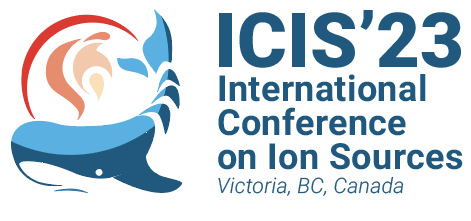Speaker
Description
In the facilities for the production of Radioactive Ion Beams (RIBs) according to the Isotope Separation On Line (ISOL) technique, a production target is typically impinged by a high energy and high intensity primary beam, generating radioactive isotopes. The target is coupled to an ion source, where the produced species are ionized, allowing their electrostatic extraction and acceleration as a RIB, useful for several multidisciplinary experimental activities. With the aim of an efficient RIB production, both target and ion source work in the 1600-2200°C temperature range at high vacuum.
Until now the most important requirements for such devices have been satisfied by means of traditional manufacturing techniques. However, new generation ISOL facilities demand for higher performance and reliability standards, difficult to achieve with traditional manufacturing techniques. With this aim, the Selective Production of Exotic Species (SPES) group at Legnaro National Laboratories (LNL) has started a structured program of research activities on targets, ion sources and molecular beams, in the context of HISOL (High performance ISOL systems for the production of RIBs), experiment financed by the Italian National Institute for Nuclear Physics (INFN). Moreover, the INFN Padova Division and the Department of Industrial Engineering of Padova University have developed the technology required for the Additive Manufacturing (AM) of refractory metals such as Tantalum, Tungsten and Molybdenum, typically used for the production of ISOL ion source components. With AM technologies more degrees of freedom are available for the design process, and a high geometrical complexity is achievable. Recently, the first AM ion source components were successfully tested. In particular, AM Ta cathodes were produced with high geometrical accuracy and exhibited high stability at high temperature for more than 100 hours, whereas Mo anodes were successfully employed for the production of ion beams.

